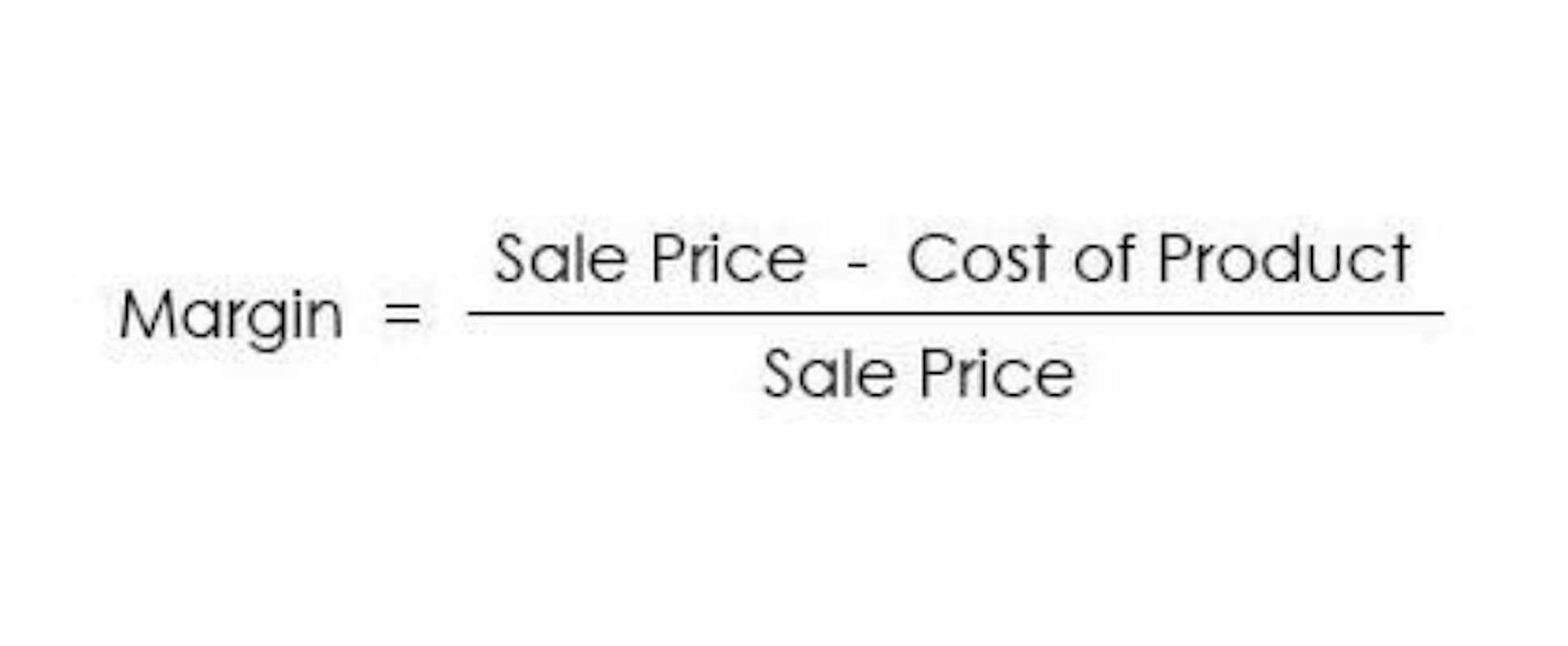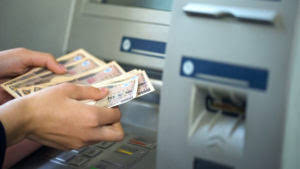
In this article, the restaurant-management experts at Sling discuss all aspects of restaurant payroll so that you can keep a tight rein on the outlay that can make or break your business. We created Payroll Marketplace as a place to help get payroll and workers compensation coverage approved in 24 hours without the need for large deposits. Payments for sales prior to August 1st, 2024 should use the older, lower rates. These can be found on the form labeled “For sales prior to August 1st, 2024”.
- Labor cost should be around 25-40% of the prime cost – but it depends on the type of restaurant.
- (a five hour shift), you owe that employee for nine hours of regular work plus the one hour of minimum wage, since the time between 11 a.m.
- Once you have this number, divide it by your gross revenue and multiply by 100 to convert the number into a percentage.
- R365 Scheduling is integrated with R365 Payroll + HR, R365 Accounting Software and R365 Operations Software.
- Paying your restaurant staff, including front-of-office staff and kitchen crew, is part of your labor costs.
- All entities doing business in Burlington (including caterers outside of Burlington) in the categories governing the tax must pay monthly.
- Especially since many positions in the restaurant industry are paid on an hourly basis, a streamlined scheduling process can make an enormous difference in your operating costs.
Sign up for our free weekly TouchBistro Newsletter
If your restaurant has more than $1 million in revenue, switching to accrual is best. Accrual accounting records financial transactions as they happen, whether you have received payment or not. This method gives you a different way to analyze activity in your restaurant and provides more details about how your income is generated, expenses are incurred, and how income and expenses are related to one another.
- Calculating payroll is a highly complex process, especially in businesses where employees earn tips.
- According to Chron, acceptable labor cost percentages in the restaurant industry can range from 25% to 40%.
- It allows real-time tracking of your financial performance and mitigates errors that occur with manual restaurant accounting.
- Running a restaurant involves many expenses which may quickly deplete your business bank account funds.
- The rule is that anyone who regularly receives more than $30 per month in gratuities (either from customers or fellow employees) is considered a tipped employee.
How do you calculate gross pay and labor costs for a restaurant?

Overtime pay has its own set of equations that you’ll need to know to calculate restaurant payroll. But things can get more complicated when you factor in the multiple pay rates mentioned in the previous section, tips, and even salary vs. hourly pay. Restaurant payroll is unique in that employees often fill more than one position during a pay period.
How much does it cost to hire someone to do payroll?
If this is the case, check the laws for your particular state regarding tip pooling laws and arrangements. To create a P&L for your restaurant, you subtract the total cost of goods sold from your Master Total for the week to calculate gross profit. As an owner, you know the challenges of running a restaurant, such as staffing, inventory management, and controlling the cost of goods sold. Finding a bookkeeper who understands the complexity of the food and beverage industry, both front-of-the-house operations and back-of-the-house management.
Account for Multiple Pay Rates

This method allows businesses to record their generated income when cash is received from services rendered or paid for expenses and costs. Since restaurants and bars deal with a lot of cash daily, this method is the preferred method. Accurate restaurant accounting has a multitude of benefits for the success and growth of your business.
From stocking ingredients to cleaning the floors, there are so many demands when owning a restaurant, let alone a successful one. Setting up and running the restaurant’s payroll is as crucial a component as it is complicated, but that doesn’t mean owners have to manage it alone. In the service industry, there’s never enough time in the day to manage challenges like tight margins and high turnover.
New York City Fair Workweek Law

After choosing a payroll schedule, set up direct deposits into your employees’ bank accounts. ACH bank transfers are a convenient, low-cost alternative to writing checks. Collect bank information from employees during onboarding and deposit payments directly into payroll for restaurants their accounts on payday. Did you know that payroll/labor makes up almost one-third of a restaurant’s operating costs? While most restaurateurs are experts in hospitality and customer service, payroll makes many savvy business owners scratch their heads.

Prime cost is a summation of all your labor costs and your cost of goods sold. Paying your restaurant staff, including front-of-office staff and kitchen crew, is part of your labor costs. Benefits, payroll taxes, and similar add-ons are also included in labor costs. The specific amounts due for these taxes will also vary based on the employee’s earning that pay period both in direct wages and tips.
Make sure you’ve completed all required paperwork
For hourly roles like servers, multiple hourly rates by hours worked during the pay period. With Sling, you’ll have unprecedented command of your employee scheduling so you can then fully control your restaurant payroll and keep your business in the black. One of the best ways to manage and control restaurant payroll — by far, one of the largest expenses your business will face — is with scheduling. In this case, Kim works as a hostess for $15 an hour (the standard rate for a host/hostess in your restaurant) and accrues 40 hours during a single week. However, another hostess calls in sick, so Kim covers her shifts and works a total of 50 hours in one week. Once you add up all these pre-tax deductions, subtract them from the employee’s gross pay before moving on to the next step.